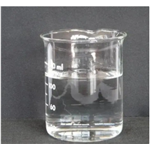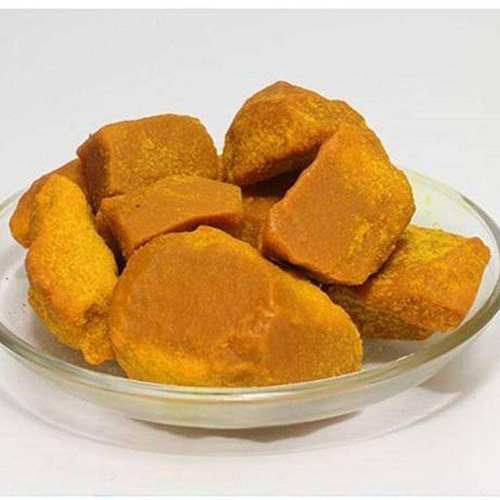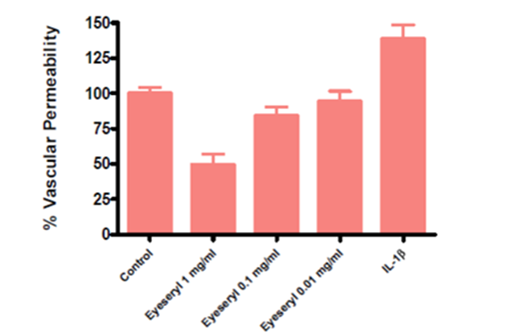The properties and stability of butylamine
Apr 20,2022
Background
Butylamine is a chemical substance, the chemical formula of Butylamine is C4H11N. The appearance of Butylamine is a colorless transparent liquid without mechanical impurities. The molecular weight of Butylamine is 73.1368, Butylamine is miscible with water, ethanol and ether. The CAS number for Butylamine is 109-73-9. The density of Butylamine is 0.745g/cm³[1].

Picture 1 Butylamine liquid
Properties and stability
The chemical properties of Butylamine are stable and have the chemical properties of primary amines. The aqueous solution of Butylamine is alkaline and can undergo photolysis (100℃) and pyrolysis (650~950℃). Butylamine can generate dibutylamine and tributylamine through copper catalyst supported by pumice at 260~270℃. Exposure to 15~30mg/m3 butylamine vapor every day will cause nose, throat, eye irritation and headache, and facial skin redness. It is unbearable for a few minutes at 30~75mg/m3. Severe primary irritation and second degree burns on skin contact with butylamine liquid. The maximum allowable concentration in the workplace is 20.65mg/m3. The incompatible substances with Butylamine are strong oxidants, acids, aluminum and other chemical substances. The polymerization hazard of Butylamine is non-polymerization
Storage precautions
Butylamine is stored in a cool, ventilated warehouse. Keep away from fire and heat sources. The library temperature should not exceed 37℃. Keep container tightly closed. It should be stored separately from oxidants, acids and aluminum, and should not be mixed. Use explosion-proof lighting and ventilation facilities. Prohibit the use of mechanical equipment and tools that are prone to sparks. Storage areas should be equipped with emergency release equipment and suitable containment materials.
Butylamine is flammable and can form explosive mixtures in contact with air. Packed in glass bottles, fixed with a wooden frame, 12Kg per bottle. Beware of leaking containers. Store in a cool and ventilated place, no fireworks, should be stored in isolation from oxidants.
Synthesis
Butanol amination method. The n-butanol vapor and ammonia are reacted under normal pressure at 170-200 ° C through heated alumina, molybdenum oxide and other catalysts to generate a butylamine mixed solution, and then the product is separated by rectification to obtain one and two. , Tributylamine finished products.
Butanol chlorination and ammoniation method Add ethanol, ammonia water and chlorobutane into the autoclave, stir and raise the temperature to 85-95℃, the pressure is about 0.54-0.64MPa, keep for 6h, cool and reduce the pressure. The reaction solution is heated, ammonia gas is recovered, then hydrochloric acid is added to pH=3-4, ethanol is recovered, liquid caustic soda is added to the crude solution to pH11-12, the upper layer liquid is separated, and the fractions below 95°C are collected by distillation to obtain Butylamine finished product, the yield is 50%. Raw material consumption quota: chlorobutane (80%) 3295kg/t, ethanol (95%) 840kg/t, ammonia water (20%) 1500kg/t, liquid ammonia 546kg/t, hydrochloric acid (30%) 1170kg/t, liquid caustic soda (30%) 4515kg/t, solid alkali 1670kg/t. In addition, this product can also be directly prepared by reacting n-butane chloride with ammonium hydroxide in ethanol.
Pass butanol, ammonia and hydrogen at 170-200°C through a Cu-Ni catalyst with clay as carrier to obtain a mixture of three amines, namely Butylamine, di-Butylamine and tri-Butylamine, and fractionate the product to obtain Butylamine. Products of butylamine, di-Butylamine and tri-Butylamine. Or use butanol as raw material, react with hydrogen chloride to generate chlorobutane, press ammonia-containing ethanol, ammonia water and chlorobutane into the autoclave, stir and heat up to 85~95℃, the pressure is 539~637kPa, keep for 6h, cool, After the reaction is completed, the reaction solution is heated to recover ammonia gas, then hydrochloric acid is added to pH=3~4, then ethanol is recovered, lye is added to this crude solution to pH=11~12, the upper layer liquid is separated, and collected at 95° C. by distillation The following fractions are Butylamine products.
Application
Butylamine can be used in the manufacture of medicines, dyes, pesticides, emulsifiers, preservatives, additives for petroleum products, flotation agents, special soaps, etc. Also used in rubber industry and color photography industry. Butylamine can be used in the preparation of pesticides, herbicides and drugs for the treatment of diabetes. Butylamine can be used as emulsifier, pharmaceuticals, pesticides, rubber products, intermediates and chemical reagents in the manufacture of dyes.
Reference
1 Chen Yijing, Liu Luona, Guo Shiling, etc. One-step synthesis of n-butylamine from n-butanol over CuO, NiO/HZSM-5 catalyst. 2005
- Related articles
- Related Qustion
Iron chloride hexahydrate is a reddish-brown to yellow hexagonal crystal, odorless, astringent, and deliquescent. Molecular formula of Iron chloride hexahydrate: FeCl3.6H2O.....
Apr 20,2022APIAcetyl tetrapeptide-5 is known as eye peptide and eye silk peptide. The molecular weight of acetyltetrapeptide-5 is 492.5 and the amino acid sequence is Ac- βAla-His-Ser-His-OH, the molecular formula....
Apr 20,2022APIButylamine
109-73-9You may like
- Butylamine
-

- $1.00 / 1kg
- 2024-10-29
- CAS:109-73-9
- Min. Order: 1kg
- Purity: 99%
- Supply Ability: 10 mt
- Butylamine
-

- $5.00 / 1kg
- 2024-10-24
- CAS:109-73-9
- Min. Order: 10kg
- Purity: 99%
- Supply Ability: 300tons
- Butylamine
-

- $2100.00 / 1T
- 2024-08-30
- CAS:109-73-9
- Min. Order: 1T
- Purity: 98%
- Supply Ability: 10-100mt






